SwitchedOnToys – Generator (energy conversion) : A generator refers to a mechanical device that converts other forms of energy into electrical energy. It is driven by a water turbine, steam turbine, diesel engine or other power machinery to convert the energy generated by water flow, air flow, fuel combustion or nuclear fission into mechanical energy and transmit it to the generator. It is then converted into electrical energy by a generator.
Energy will neither be generated out of thin air, nor will it disappear out of thin air, it can only be transferred from one object to another, and the forms of energy can also be transformed into each other. This is what people sum up about energy, called the law of conservation of energy.
Electric energy conversion:
A battery Is a chemically synthesized substance that can generate electrical energy. This process is called the conversion of kinetic energy to another motor is a process called energy transfer. Another motor is driven to rotate, and the driven motor continues to perform a magnetic cutting effect, and then generates electrical energy. This process is called the conversion of kinetic energy into electrical energy. The electric energy generated by the driven motor is transmitted to the bulb, and the bulb is lit. This process is called the conversion of electric energy into light energy.
The Law of Conservation of Energy:
The law of conservation of energy states that energy cannot be created or destroyed, only transformed from one form to another. Generators and motors have identical internal structures and can be modified for dual functionality. With slight adjustments, an ordinary motor can operate as a generator, and a generator can function as a motor. The primary difference lies in their operation: a generator requires external mechanical input to convert kinetic energy into electrical energy, producing a usable power output for various applications. In contrast, a motor converts electrical energy into kinetic (mechanical) energy to perform work.
What is voltage:
Voltage, or potential difference, measures how much energy is needed to move a charge between two points in an electric field. It’s like the “pressure” that pushes charges through a circuit. Voltage is measured in volts (V), and you might also see it in smaller units like millivolts (mV) or kilovolts (kV). While “voltage” is often used in circuits, “potential difference” can refer to any situation involving electric fields.
What is current:
Electric current is the flow of electric charges in a specific direction. When a power source creates a voltage, it sets up an electric field that pushes the charges to move, forming a current. The strength of this current is called current intensity (often just called current, symbol I). It measures how much charge passes through a wire in one second. One ampere (A) is defined as one coulomb of charge passing through a point in one second. The ampere is the standard unit for measuring electrical current. Smaller units include milliampere (mA) and microampere (µA).
 100% Australian owned
100% Australian owned



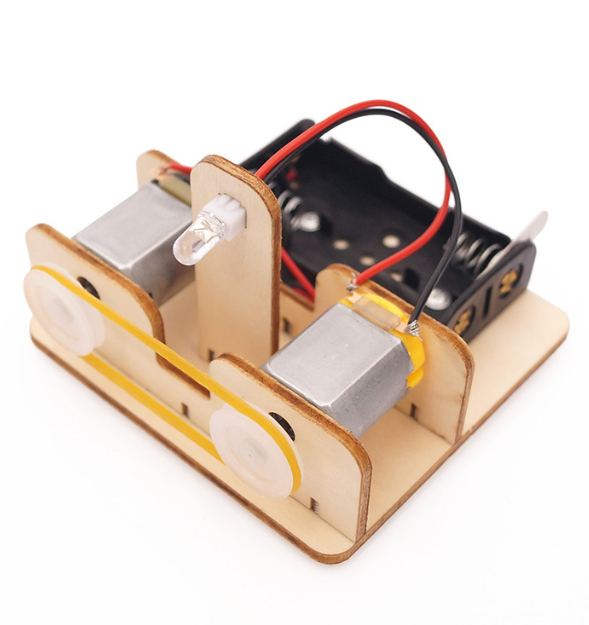
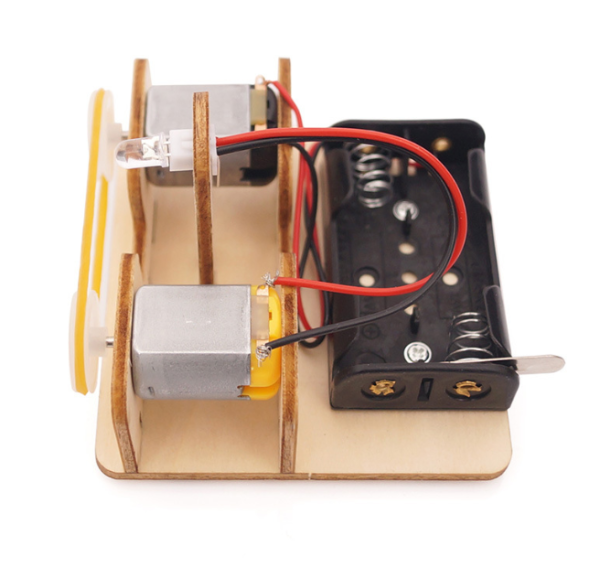
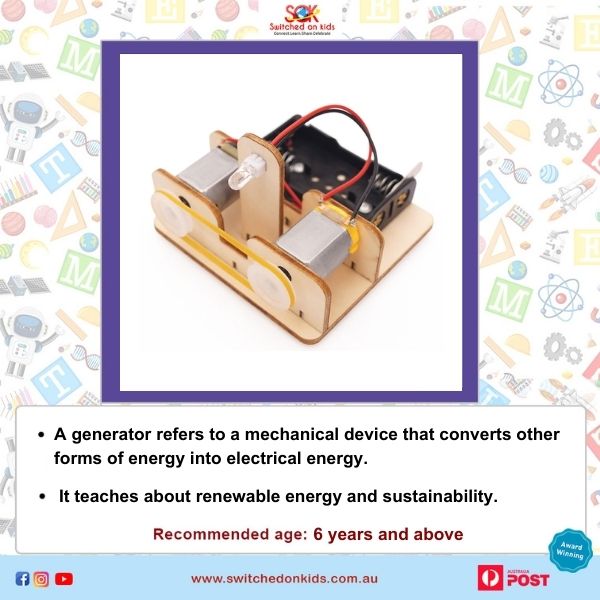
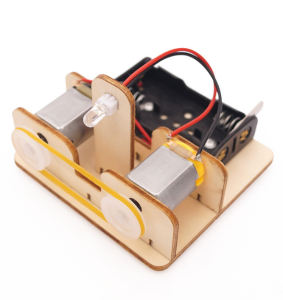
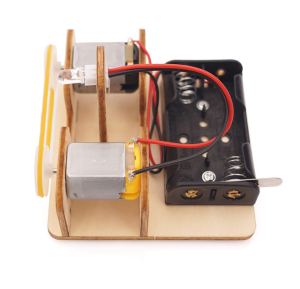
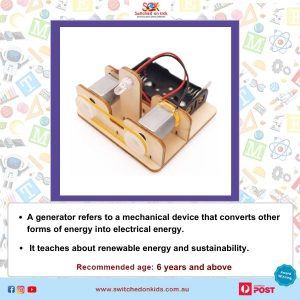
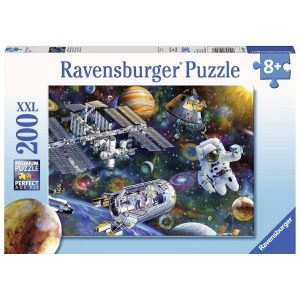


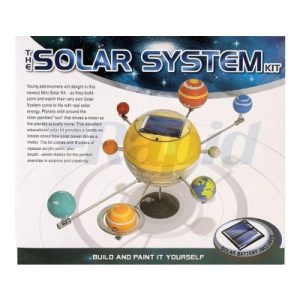

Reviews
There are no reviews yet.